In the radioactive shadow of the Chernobyl power station, nature has begun to reclaim what remains of a desolate ghost-town.
It was one of the worst nuclear disasters in history and now, 27 years on, what is left of the barren wasteland of Chernobyl has been revealed in a spectacular series of new images.
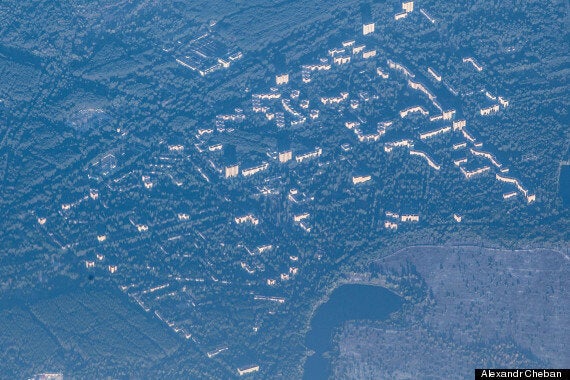
Pripyat after its 50,000 residents were evacuated following the 1986 disaster
In eerie scenes that wouldn't be amiss in a George A Romero film, the former power plant and the neighbouring city of Pripyat can barely be seen beneath a dense covering of trees as the surrounding forest closes in on the exclusion zone.
The horrific explosion during a systems test on April 26, 1986 spewed 20 Hiroshima bombs-worth of radioactive material over western USSR and Europe.
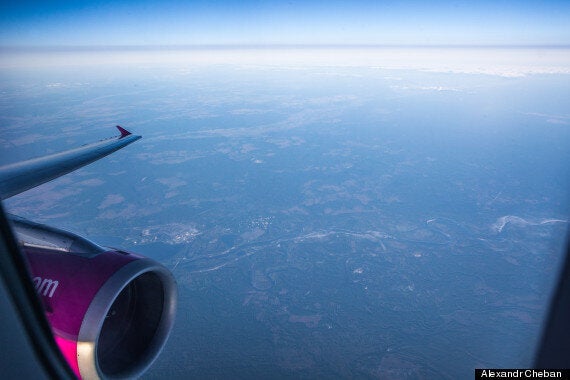
The eerie images show what remains of the disaster zone from a height of 10,000 metres
Much of the radioactive fallout was deposited on mountainous regions such as the Alps, the Welsh mountains and the Scottish Highlands sparking contamination fears that spanned decades.
As the early morning disaster escalated, more than 350,000 residents were evacuated from Chernobyl and Pripyat – with the resulting reactor fires blazing continuously for 10 days.
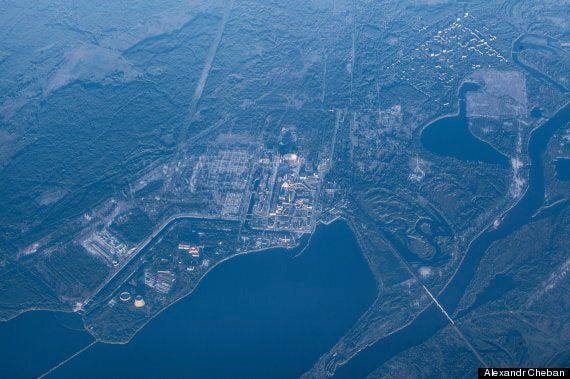
The city of Pripyat, top right, and the Chernobyl power plant, centre
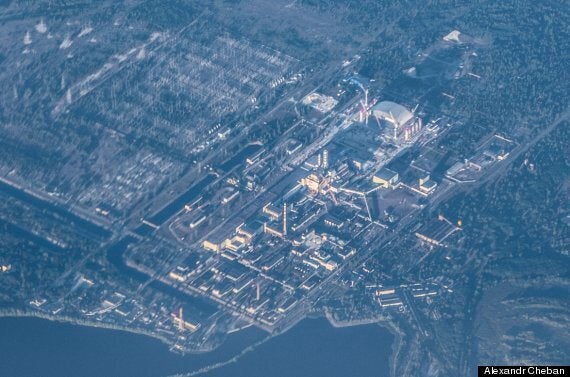
The decimated remains of the Chernobyl power plant
Because the exclusion zone around the reactor is still heavily patrolled, only people on registered tours are allowed inside in an effort to protect people from the effects of any lingering radiation.
Now, after being abandoned for almost 30 years, the surrounding Red Forest is taking over the town.
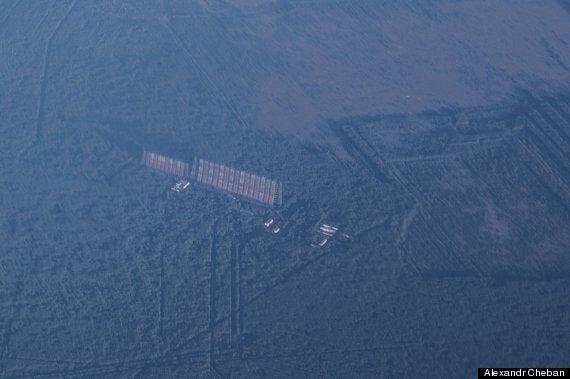
'Chernobyl-2' which at the time of the disaster was completely secret
The new pictures of the disaster zone - taken from a height of 10,000 metres – have revealed that the forest is completely closing in on the derelict buildings that remain.
Following the disaster, efforts to contain the toxic contamination and prevent a greater catastrophe involved more than 500,000 brave workers and cost 18 billion rubles.

An exclusion zone was set up around the toxic site following the disaster

The site of the world's worst nuclear accident is slowly being reclaimed by nature
According to official Ukrainian figures, more than 25,000 of the cleanup workers from then-Soviet Ukraine, Russia and Belarus have died since the disaster.
Thirty one deaths are directly attributed to the accident, all among the reactor staff and emergency workers, while the Chernobyl Forum predicts the eventual death toll could reach 4,000.
The catastrophes at the Chernobyl and Fukushima plants are the world's only nuclear disasters to have been categorised as level seven on the United Nations' seven-point International Nuclear Event Scale (INES).
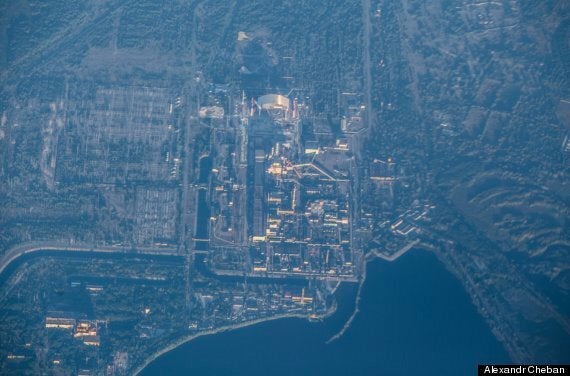
Chernobyl nuclear power plant is now just a shell